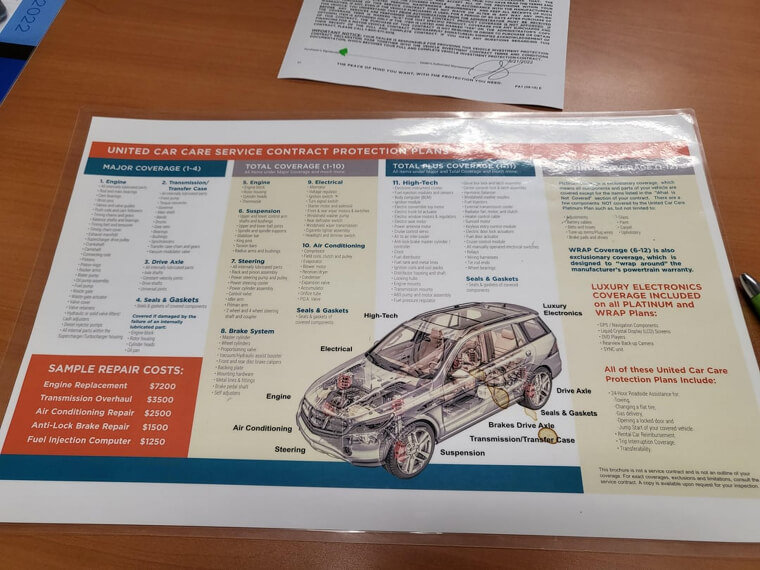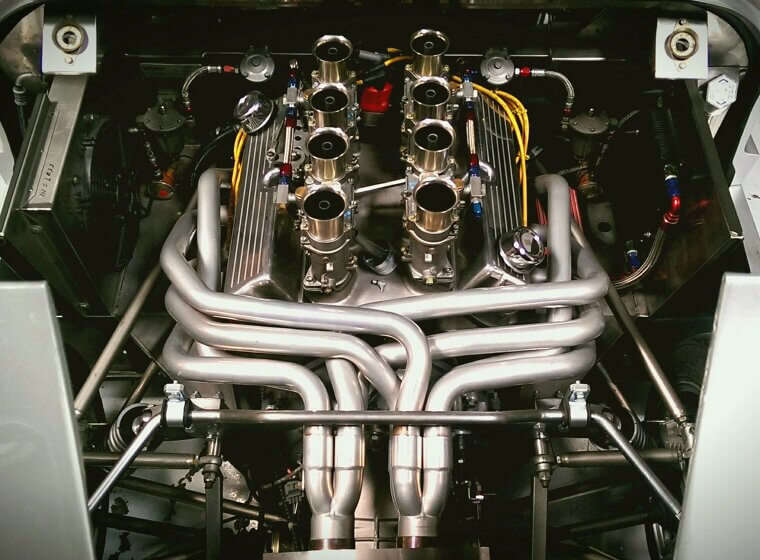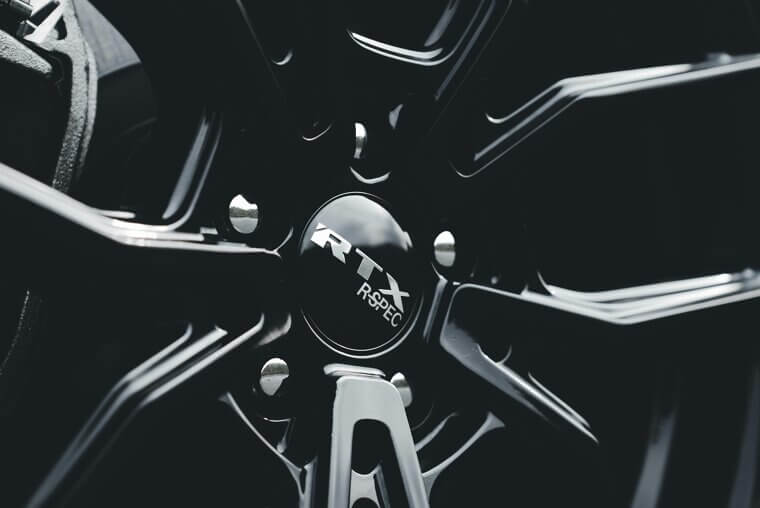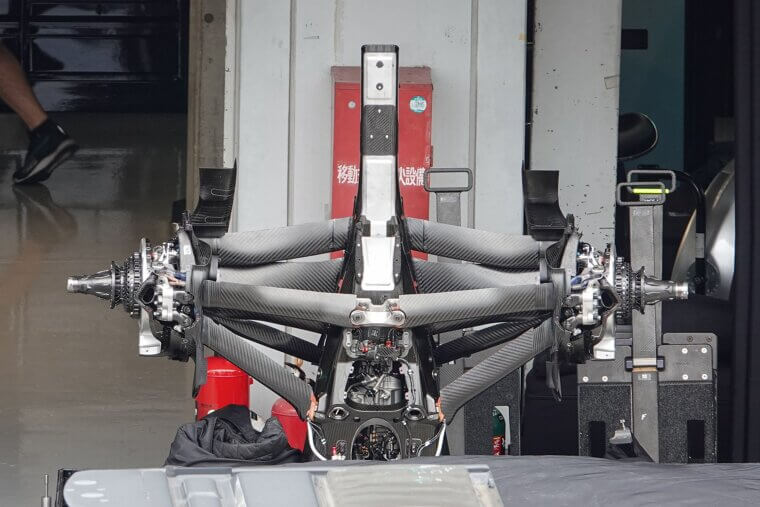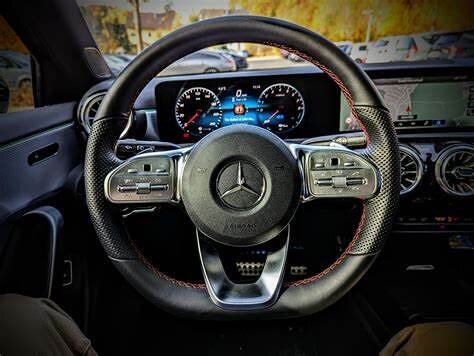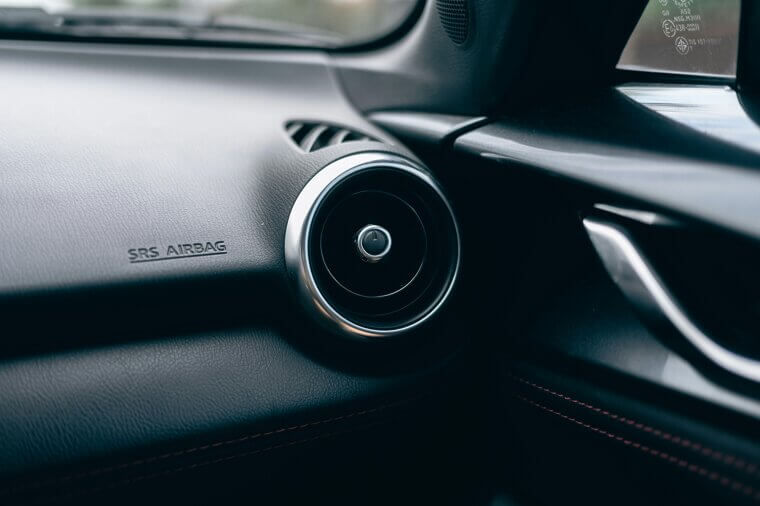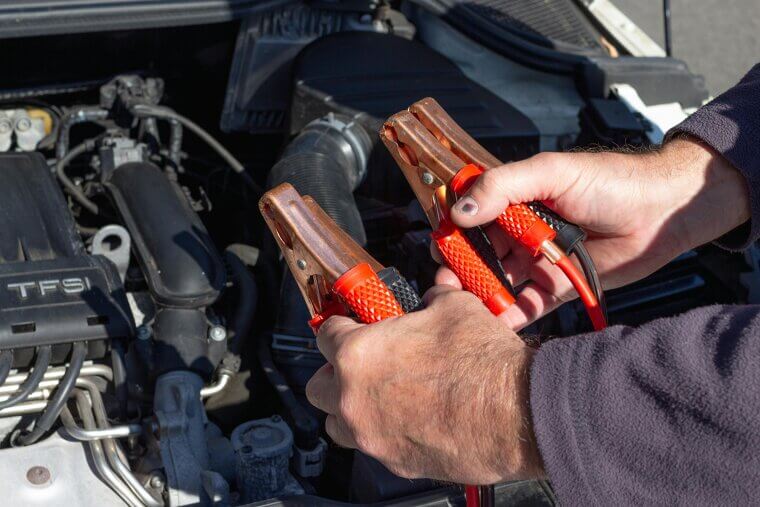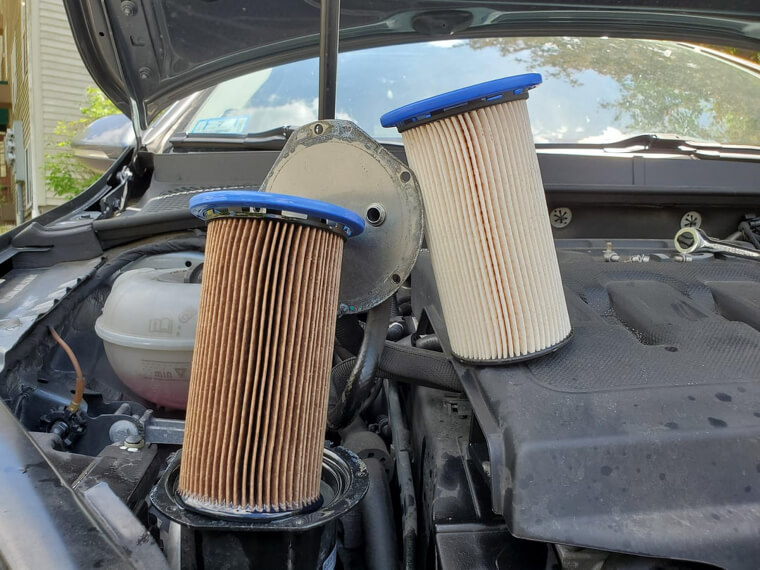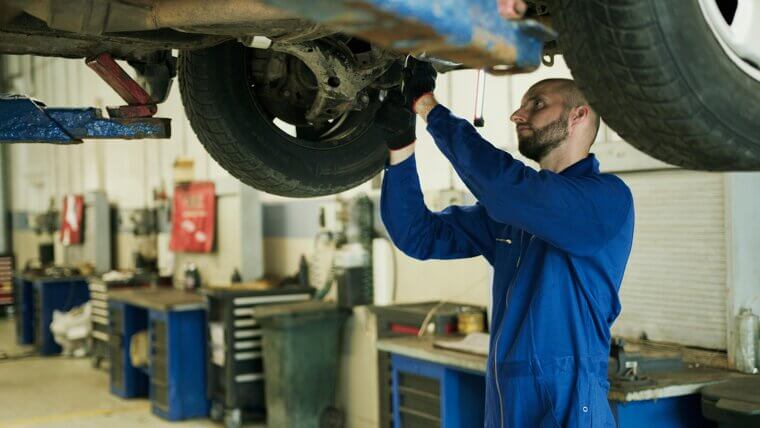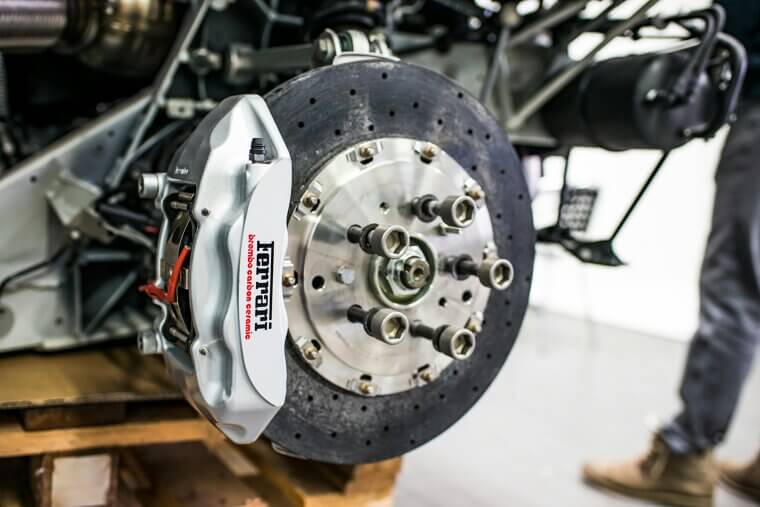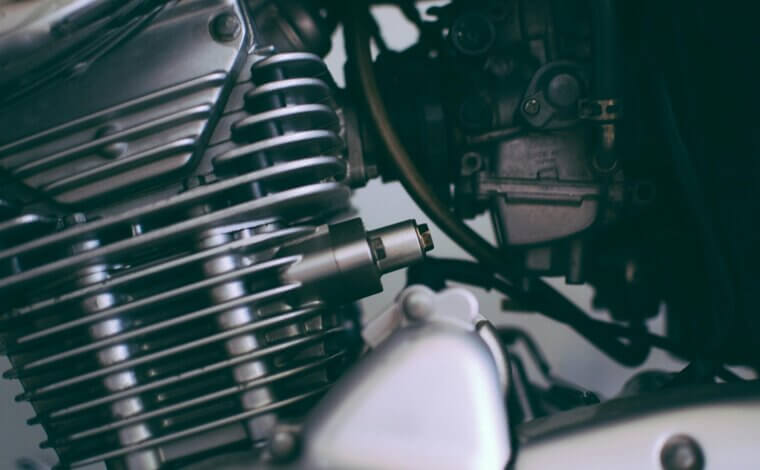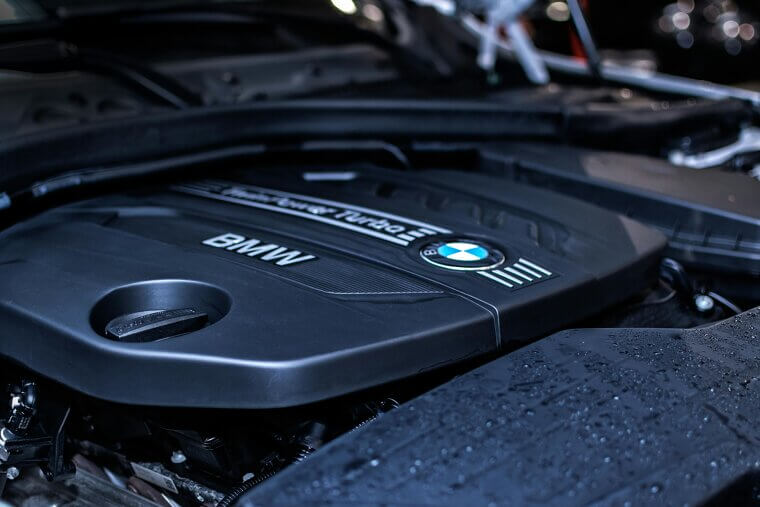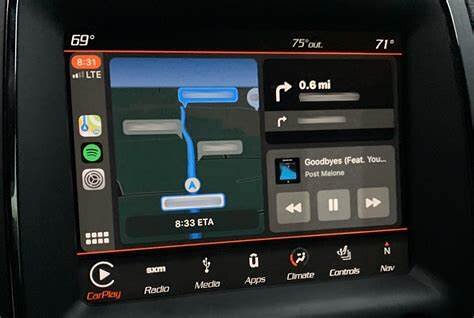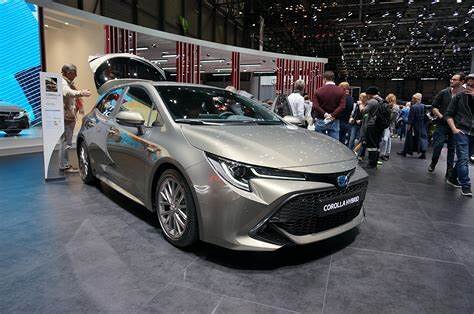The Low Down on Extended Warranties
When buying a car, investing in an extended warranty often seems like the smart move, especially if it's a secondhand vehicle. However, in reality, extended warranties don’t always cover exactly what we need them to. Let’s take a look at some components that every extended warranty should cover.
Engine
The engine is undoubtedly the backbone of every car, and, when something goes wrong, it can be pretty pricey to repair. More so, getting to the bottom of engine troubles is especially tricky, as there are so many potential causes. For this reason, extended warranties should always cover internal components, such as the pistons, crankshaft, and timing chain.
Transmission
Any good extended warranty will cover all essential transmission components, including the gears, torque converter, and internal seals.
Drive Axle
Extended warranties usually cover the drive axle as a part of the powerchain or drivechain coverage. This component is essential for transferring power from the transmission to the wheels of the car, making it another integral part of the puzzle.
Suspension System
The suspension system of any car significantly impacts how it handles the road, as well as the driver's comfort. Some extended warranties only cover certain components, such as the control arms or ball joints. The shocks and struts are generally considered wear-and-tear items and are therefore not covered by many extended warranties.
Steering Components
When selecting an extended warranty, make sure that it covers the essential steering components, such as the power steering pump, rack, and pinion.
Air Conditioning System
While the air conditioning system may not seem like an integral part of the vehicle, many extended warranties include certain repairs. Generally, if the compressor, condenser, or evaporator is damaged, the warranty will cover any necessary services or replacements.
Electrical System
Another common problem area that any good extended warranty should cover is the electrical system. This includes the alternator, starter, and wiring harness, all of which are integral for a smooth-running vehicle.
Fuel System
Extended warranties often cover the key components of any fuel system. Essential components include the fuel pump, fuel injectors, fuel lines, and fuel pressure regulators, all of which work together to deliver fuel from the tank to the engine. If dirty fuel or neglect are the cause, however, repairs may not be covered.
Cooling System
Extended warranties generally cover the major components of a cooling system, as it is essential in keeping your engine from overheating and, therefore, running smoothly. The radiator, water pump, thermostat, cooling fan, and motor are usually covered.
Braking System
While extended warranties usually cover parts of the braking system, not all repairs are included. Some of the components that are typically excluded are the brake pads and shoes, rotors and drums, brake fluid, and brake lines.
Seals and Gaskets
Some extended warranties cover seals and gaskets, but it really depends on your specific plan. Basic plans usually exclude these components entirely, whereas more expensive, premium plans include certain aspects.
Turbocharger/Supercharger
Although turbochargers and superchargers are high-performance components, many extended warranties cover them because they are part of the engine’s forced induction system. Repairs or replacements of these components can be incredibly pricey, meaning that a warranty plan will definitely come in handy.
Navigation and Infotainment System
While some extended warranties do cover navigation and infotainment systems, many do not. Those that do generally only include certain aspects, such as the touchscreen display and head unit, Bluetooth and voice control modules, backup camera and parking sensors, speakers and amplifiers, as well as some (but not all) software updates.
Sensors and Control Modules
Extended warranties usually cover sensors and control modules, especially in mid- to high-tier plans. To be more specific, components such as oxygen, mass airflow, ABS, wheel speed, and crankshaft position sensors are typically covered. Engine control and transmission control modules are also covered in most extended warranty plans.
Hybrid/Electric Vehicle Components
Extended warranties for hybrid and electric vehicle components are becoming increasingly comprehensive, particularly as more people opt for eco-friendly vehicles. Generally, these vehicles rely on incredibly pricey and highly specialized components. For this reason, it’s always recommended to invest in a high-tier plan if you are thinking about purchasing a hybrid or electric vehicle.

